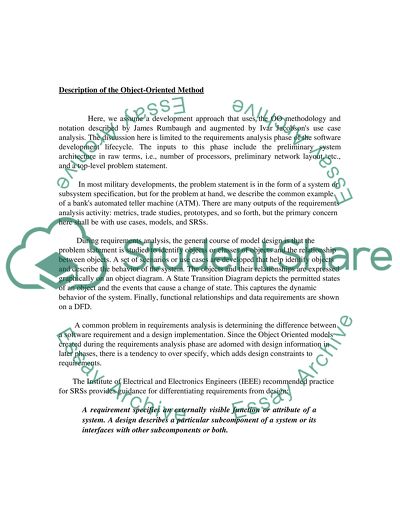Cite this document
(“Software Engineering Methods Essay Example | Topics and Well Written Essays - 4000 words”, n.d.)
Retrieved from https://studentshare.org/technology/1504971-software-engineering-methods
Retrieved from https://studentshare.org/technology/1504971-software-engineering-methods
(Software Engineering Methods Essay Example | Topics and Well Written Essays - 4000 Words)
https://studentshare.org/technology/1504971-software-engineering-methods.
https://studentshare.org/technology/1504971-software-engineering-methods.
“Software Engineering Methods Essay Example | Topics and Well Written Essays - 4000 Words”, n.d. https://studentshare.org/technology/1504971-software-engineering-methods.


